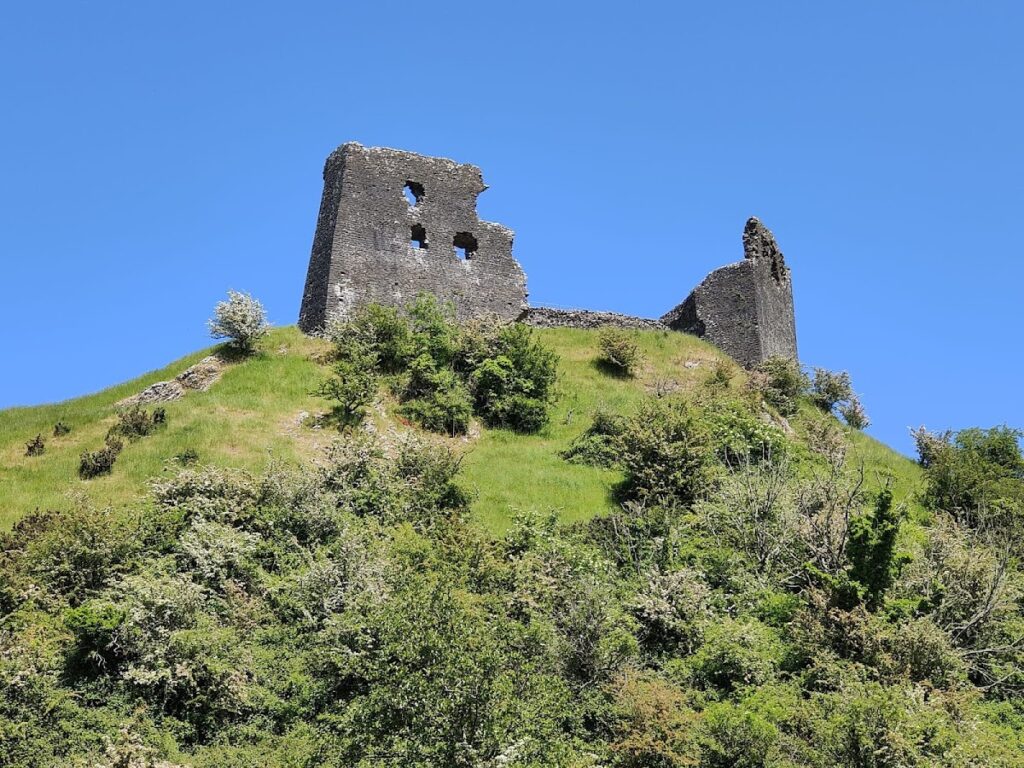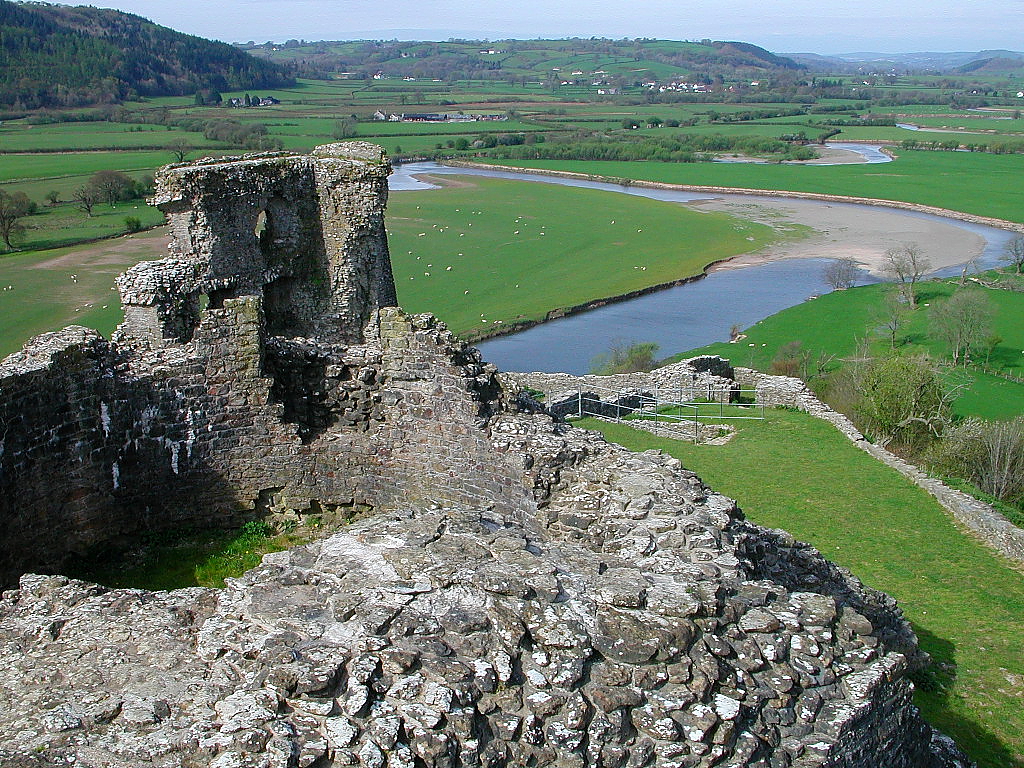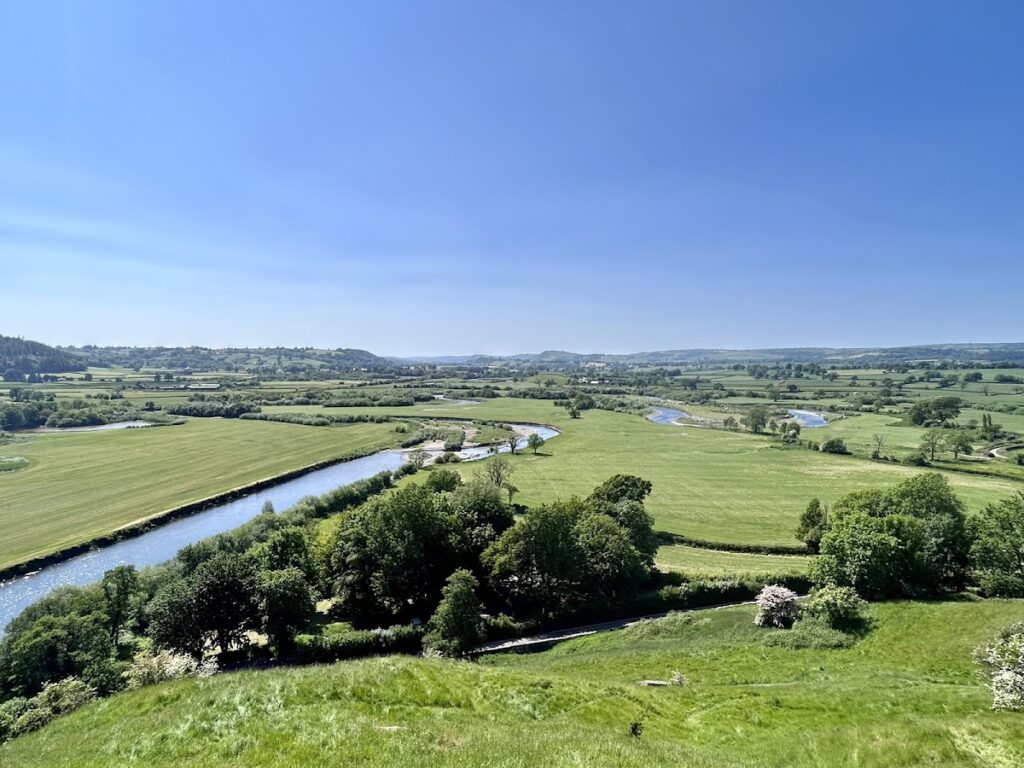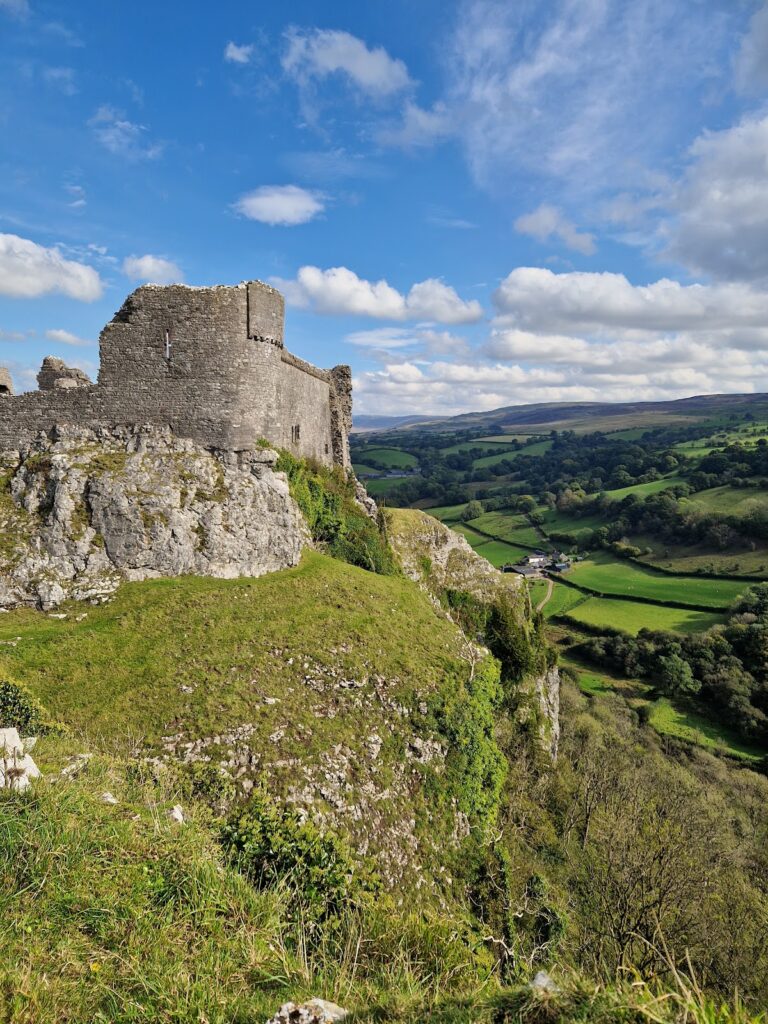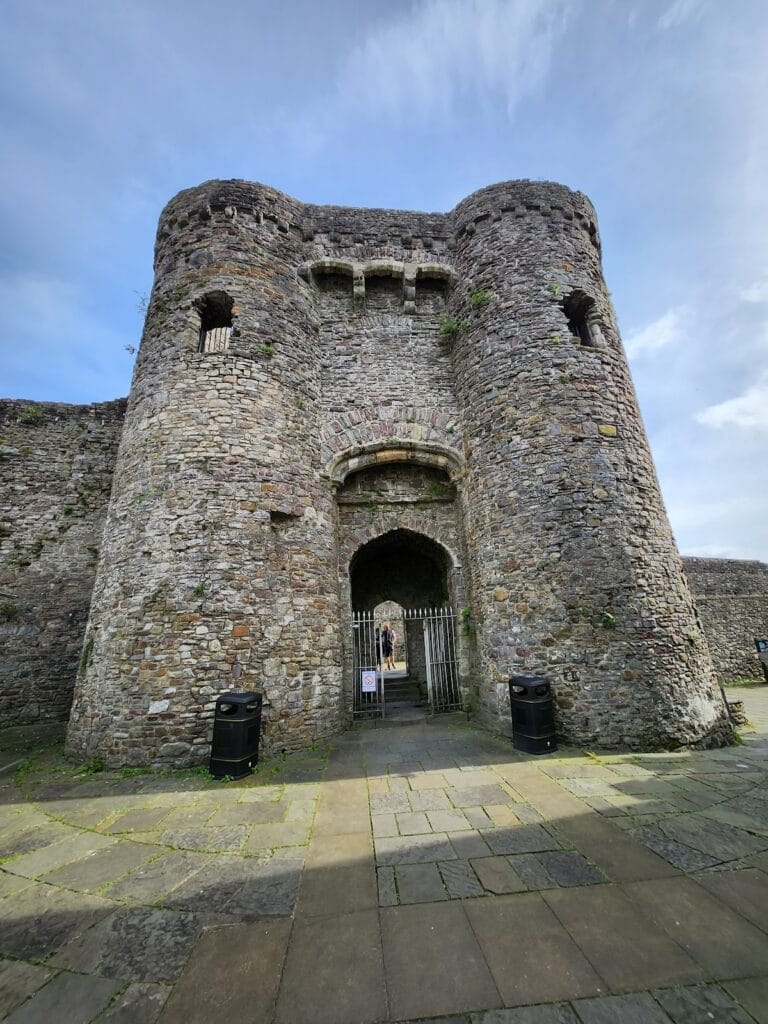Dryslwyn Castle: A Welsh Medieval Fortress and Historic Site
Visitor Information
Google Rating: 4.7
Popularity: Low
Google Maps: View on Google Maps
Official Website: cadw.gov.wales
Country: United Kingdom
Civilization: Unclassified
Remains: Military
History
Dryslwyn Castle stands near the town of Carmarthen in Wales and was constructed by the native Welsh during the early 13th century. It was established by Rhys Gryg, a Welsh prince of the kingdom of Deheubarth, around the year 1230. The fortress served as a residence for Rhys Gryg’s younger son, Maredudd, while the elder son inherited the nearby Dinefwr Castle, another seat of power in the region.
Throughout the 13th century, Dryslwyn played a central role in conflicts between the Welsh princes and the expanding English crown. In 1245, the castle successfully resisted a siege led by English forces, illustrating its strength as a defensive position. In later decades, Rhys ap Maredudd, son of Maredudd, undertook significant improvements to the castle’s fortifications. Following Edward I’s initial conquest of Wales in 1277, Rhys ap Maredudd was allowed to maintain control of Dryslwyn because of his cooperation with the English rulers.
Despite this alliance, Rhys ap Maredudd eventually rebelled against English authority in 1287. This uprising drew a substantial English military response. Approximately 11,000 troops laid siege to Dryslwyn, employing powerful siege engines such as trebuchets and digging tunnels beneath the walls in an effort to weaken the defenses. After three weeks, this combination of force and tactics led to the castle’s capture. Although Rhys escaped during the siege, he was later captured and executed in 1292.
Following the English victory, Dryslwyn Castle entered a new phase of use. It served as an administrative center under English governance and was granted to Hugh le Despenser in 1317. The castle’s strategic importance continued through subsequent unrest, including its involvement in the Despenser War in the early 14th century and later during the rebellion of Owain Glyndŵr in 1403. After Glyndŵr’s forces retreated, the English deliberately damaged the castle to prevent its future use by rebels. They blocked entrances, sealed the gatehouse, removed essential fittings such as stair treads and hinges, and set fire to major buildings within the walls.
Near the castle, Rhys ap Maredudd had founded a borough, a fortified settlement with walls, ditches, and gates. This community contained 34 house plots and became inhabited by English settlers following the 1287 conquest. The borough persisted for several centuries but was ultimately abandoned in the 17th century.
Extensive archaeological work conducted between 1980 and 1995 has uncovered much about Dryslwyn’s construction, siege history, and phases of occupation. Today, the site is protected and managed as an important Welsh historic monument.
Remains
Dryslwyn Castle occupies a striking position atop a rocky hill that rises sharply above the Tywi Valley. Its location provided natural defenses, with steep slopes descending on the southern side toward the river below. The fortress was laid out as a complex of three distinct areas, or wards, arranged from east to west. These included an outer ward at the entrance, a middle ward that housed the castle’s economic buildings, and a polygonal inner ward that closely followed the contours of the hilltop. A deep ditch separated the inner ward from the adjacent fortified borough.
At the heart of the inner ward stood a round keep, a type of fortified tower, positioned on the eastern side. This central stronghold was surrounded by a curtain wall of polygonal shape. After 1280, the curtain wall was raised to enhance defenses. Today, only the foundations of both the keep and curtain wall remain visible, giving clues to their original arrangement and scale.
The castle’s main entrance lay to the northeast of the keep and was relatively simple in design. It was protected by a gatehouse dating from the 13th century, which was remodeled at some point but survives now only at foundation level. Within the inner ward, a hall once served as an important residential and gathering space. Originally modest in size, it was expanded in the mid-13th century and again after 1280, alongside the addition of a residential block and a chapel tower on the southeast side. Two surviving sections of two-story walls from the hall and chapel tower still define the southern profile of the castle’s ruins.
Most of Dryslwyn’s walls were built using local limestone. Portions of the curtain wall remain standing to about one meter in height in places, offering a rough sense of the castle’s defensive perimeter. Among the castle’s features was a garderobe, or medieval toilet, located on the east side. Archaeological excavations revealed clear signs of deliberate undermining during the 1287 siege, which caused parts of the curtain wall to collapse.
The settlement area, or borough, lying to the north and east of the castle was protected by its own defensive walls, ditches, and two gates. Today, only limited masonry and earthworks are visible in this area. Archaeological investigation has uncovered foundations of various residential and administrative buildings, illuminating the organization and occupation of this once fortified community. These remains provide a detailed picture of Dryslwyn Castle’s evolving role from a Welsh princely fortress to an English administrative center and eventually to a site deliberately disabled to prevent military use.
